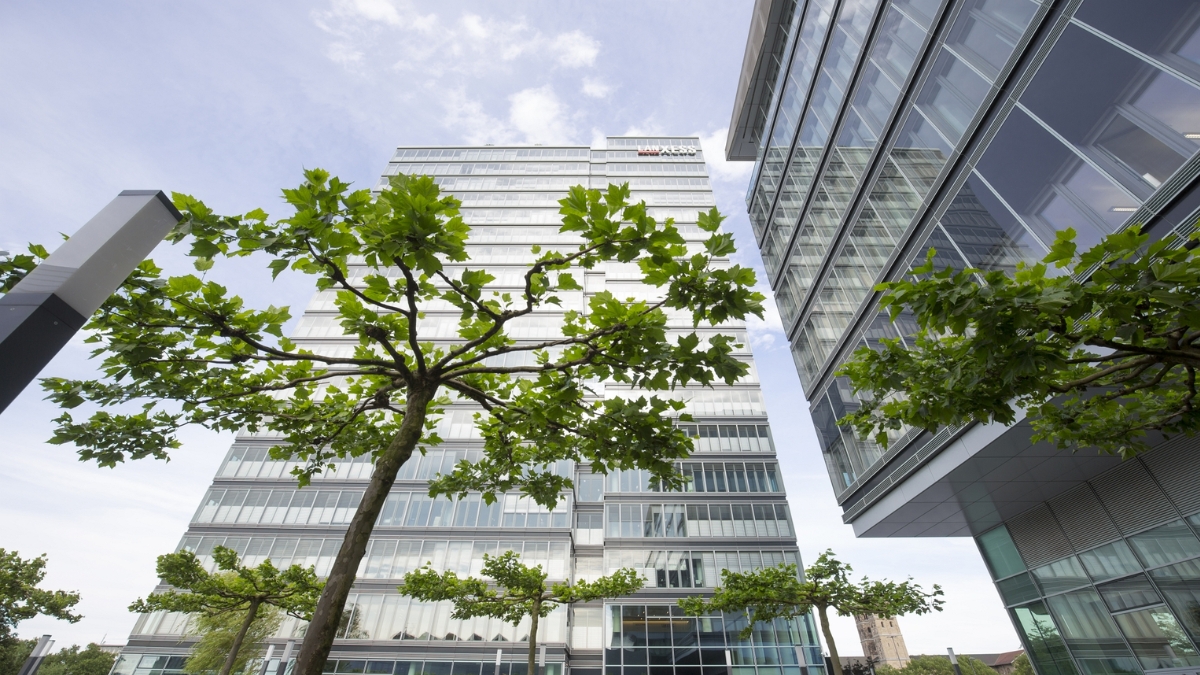CBSE Class 10 Report Card: Pass Percentage Lower than Last Year, Higher than 2019

At 93.12%, the overall percentage of students who cleared the Central Board of Secondary Education (CBSE) Class 10 exams, results for which were declared on Friday, dipped by 1.28% points compared to last year’s 94.40%.
This was the first time since 2019 that the exams were conducted in annual mode. However, the pass percentage increased by 2.02% points compared to pre-pandemic year 2019 (91.10%).
ALSO READ | CBSE 10th Result 2023 LIVE Updates HERE
Explaining the trend, Sanyam Bhardwaj, the CBSE’s Controller of Examinations, said, “For both Classes 12 and 10, the results are comparable only to 2019 when exams were last conducted for all subjects in the annual mode. Last year, the exams were held in two terms with a different evaluation mechanism and hence the pass percentage was higher.”
Amid the surge of the Omicron wave and to avoid a repeat of previous two years, the CBSE, in a first, decided to conduct the exams in two terms in 2022. The first term was conducted in objective format and the second in subjective format for all subjects, with a gap of several months between the two terms. The board gave weightage of 30:70 to term one and term two exam performance of students in order to arrive at the final result.
Both in 2020 and 2021, exams either could not be held or had to be cancelled midway due to the intensity of the Covid waves, and instead an alternative assessment mechanism was used. Classes were not held and there were learning gaps due to long Covid-induced lockdowns.
THE REPORT CARD
According to the CBSE, a total of 21,84,117 registered for the exams, while 21,65,805 appeared for the test, of which 20,16,779 passed the exam this year. The exams were conducted between February 15 and March 21. Last year, 21,09,208 students had registered, of which 20,93,978 sat for it and 19,76,668 passed successfully.
Keeping with the trend, girls performed better than boys again this year by 1.98%. The overall pass percentage for girls is 94.25%, while for boys it is 92.27%. For transgender students, pass percentage stood at 90%.
In the national capital, the overall pass percentage was 89.48%, a slight increase from last year’s 89.24%.
The data shows that private schools across the country fared better in performance for both Classes 10 and 12 exams than government and government-aided schools. Like previous years, Jawahar Navodaya Vidyalaya (JKV) performed the best among all schools.
Congratulations to all #ExamWarriors who have passed in the Class X CBSE exams. Wishing them the very best for their upcoming endeavours. May they have a bright academic career and also pursue their other passions beyond the classroom.— Narendra Modi (@narendramodi) May 12, 2023
WHY THE DIP?
According to educators, the slight dip is attributable to the change in mode of evaluation, as both Classes 10 and 12 wrote the exams in complete annual mode unlike last year. Also, another important factor is the Common University Entrance Test (CUET), based on which admissions to all undergraduate courses is done, unlike the earlier cut-off system. CUET was introduced in all central universities for the first time last year.
Jyoti Arora, principal, Mount Abu Public school in Delhi, said, “During the past two-three years, the Covid-19 pandemic induced a lot of learning losses for students across the spectrum. Private schools have done better than government schools. Also, for Class 10, this was the first-time they wrote the full-fledged board examination and their writing practice was much less. Besides, their learning gap was much more, as in the pandemic years, they were in classes 7-9, which are base years for preparation.”
A major factor for the slight dip in Class 12 results, she said, is that students these days are more focussed on clearing CUET, as Class 12 results do not have any weightage in the admissions to undergraduate courses.
“Students are very clear that they have to crack CUET to get into a college. So many coaching centres have also sprouted, offering full-fledged programmes for clearing the entrance exams. Hence, Class 12 marks do not matter much to them anymore,” she added.

Atul Tiwari is a seasoned journalist at Mumbai Times, specializing in city news, culture, and human-interest stories. With a knack for uncovering compelling narratives, Atul brings Mumbai’s vibrant spirit to life through his writing.





